9 best gaming PCs for 2024: tested and reviewed
via Mint VR
Survivorman VR: The Descent brings Les Stroud's survival sim to Steam and PSVR 2 next month.
Based on Canadian filmmaker Les Stroud's Survivorman series, Survivorman VR: The Descent is a first-person survival adventure sim that initially launched last year on Quest. Following a helicopter crash in the Arctic mountains, you're guided by Stroud as you attempt to survive these harsh environments. Here's the new trailer:
Facing extreme cold, hunger, hazardous terrains and exhaustion, your health is monitored through a HUD-like display on your wrist. Survival involves gathering resources, solving puzzles and clever use of tools to stay alive. For more details, here's an official gameplay description:
In the immersive environment of Survivorman VR: The Descent, you will navigate dangerous terrain, gather precious resources, and solve difficult puzzles. You have a device attached to your wrist, presenting two crucial health metrics: your body temperature and calorie level. Keep these levels up, and you’ll continue to fight through the frost, making progress towards escape. But if they drop below a certain threshold, it could spell disaster, first causing detrimental health effects before you freeze to death.
Survivorman VR: The Descent is out now on the Meta Quest platform, while the Steam and PSVR 2 versions arrive on February 15. A content update for the Quest version will launch simultaneously.
ArcSine, a physics-based precision puzzle platformer, reaches PC VR next month.
Developed by Prop Logic over nearly seven years, ArcSine takes inspiration from Celeste, Sairento and Portal. Using a "jump & dash" locomotion system, movement involves shooting yourself through a "gun" to travel between platforms, avoid hazards and reach a portal at the map's end. ArcSine uses an auto-centering system to push you into the middle of your playspace, combined with an air-control system for navigating through environments.
Featuring approximately 340 stages, Prop Logic calls ArcSine "difficult, linear, storyless" with an increasing difficulty curve that progresses as you learn how to use the controls. Described as "a very physical game," ArcSine doesn't use smooth or snap camera turning and requires a small room-scale setup.
"It's the sort of game where you try and fail numerous times until you succeed. The target audience is players who enjoy the flow of focusing on a movement-centric problem with patience and determination and seeing the challenge through to its end, sanity notwithstanding," states Prop Logic founder Charlie Cushing in a press release.
In a further email to UploadVR, Cushing also provided a music sample from the soundtrack by Adam Coleman, which you can listen to below:
ArcSine arrives on February 19 on PC VR, and a free demo's out now on Steam.
Lawn Mowing Simulator VR reaches Quest this year to teach you the meaning of a quality job.
Developed by Skyhook Games three decades after the film The Lawnmower Man did its part to help popularize virtual reality, Lawn Mowing Simulator first appeared for flatscreen platforms in 2021. Announced by publisher Curve Games, it's now receiving an official VR adaptation, marking the latest sim to reach Quest following nDreams' PowerWash Simulator VR launch. You can watch Quest 3 gameplay footage below:
As you'd expect from the name, Lawn Mowing Simulator VR tasks you with garden management across different locations to keep them pretty. Alongside cutting grass and completing ground checks, you must also keep your equipment maintained from your own HQ, ensuring blades stay sharp and batteries get recharged.
Jobs are carried out through contracts and, as you advance, more mowers gradually unlock. That includes mowers from real-life manufacturers, Stiga and Ego, alongside the exclusive 'Knight' mower designed specifically for Lawn Mowing Simulator.
Lawn Mowing Simulator VR reaches the Meta Quest platform on March 21.
Orbeats delivers a new VR arcade rhythm game on Quest, but how does it fare? Here are our hands-on impressions:
VR rhythm games have a tough job standing out from the competition. In an oversaturated market led by Beat Saber, Synth Riders and Pistol Whip, Orbeats from Radical Forge caught my attention by mixing in VR racket sports. The end result feels closer to C-Smash VRS than Racket Club and while there's an interesting idea, the execution needs work.
Beyond the useful tutorial, Orbeats features two main modes. Journey Mode is the main attraction, featuring five different locations with good environmental designs, broken up into individual stages. I appreciate the practice option available for each stage and every level has three difficulty settings.
Armed with a futuristic tennis racket, you're tasked with destroying waves of blocks that form an alien defense system. Hitting blocks gradually increases your score multiplier, going up to x100, adding a competitive edge through online leaderboards. Missing blocks gradually depletes your health and reduces your multiplier, eventually killing you if you aren't careful.
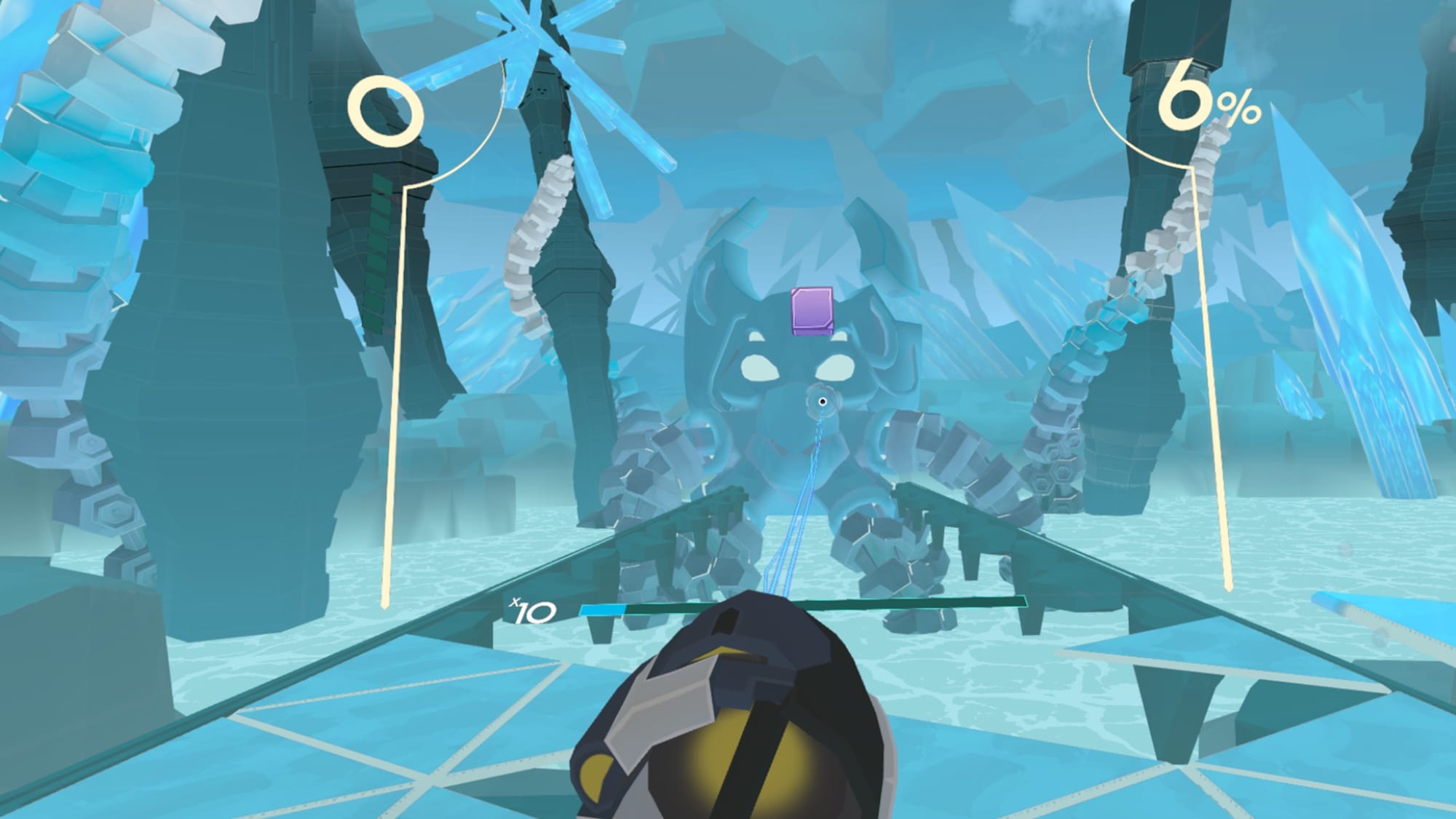
Orbeats tries varying each stage with different blocks. Some grant a multiplier boost, others need multiple hits. There's also a few explosive blocks and some power-ups that make the ball massive. Hitting them gradually charges a meter to unleash a laser attack, a useful backup in a pinch. Your other hand acts as a tether to call balls back at a moment's notice, keeping gameplay under control.
So far, Orbeats' most interesting aspect is the Temple Guardians, bosses who appear in each area's last stage to protect the ruins. Alongside blocks, you're now fighting these guardians that actively attack you, and I found myself frequently dodging laser fire. This kept me moving, providing some enjoyable and necessary variety to an otherwise functional wave shooter.
With Survival Mode, that gradually cycles through multiple songs. A nice addition and, though the break between songs is appreciated, the repeated black transition screens are an immersion killer. The more chilled-out soundtrack isn't always to my taste either, though that'll be subjective depending on the person.
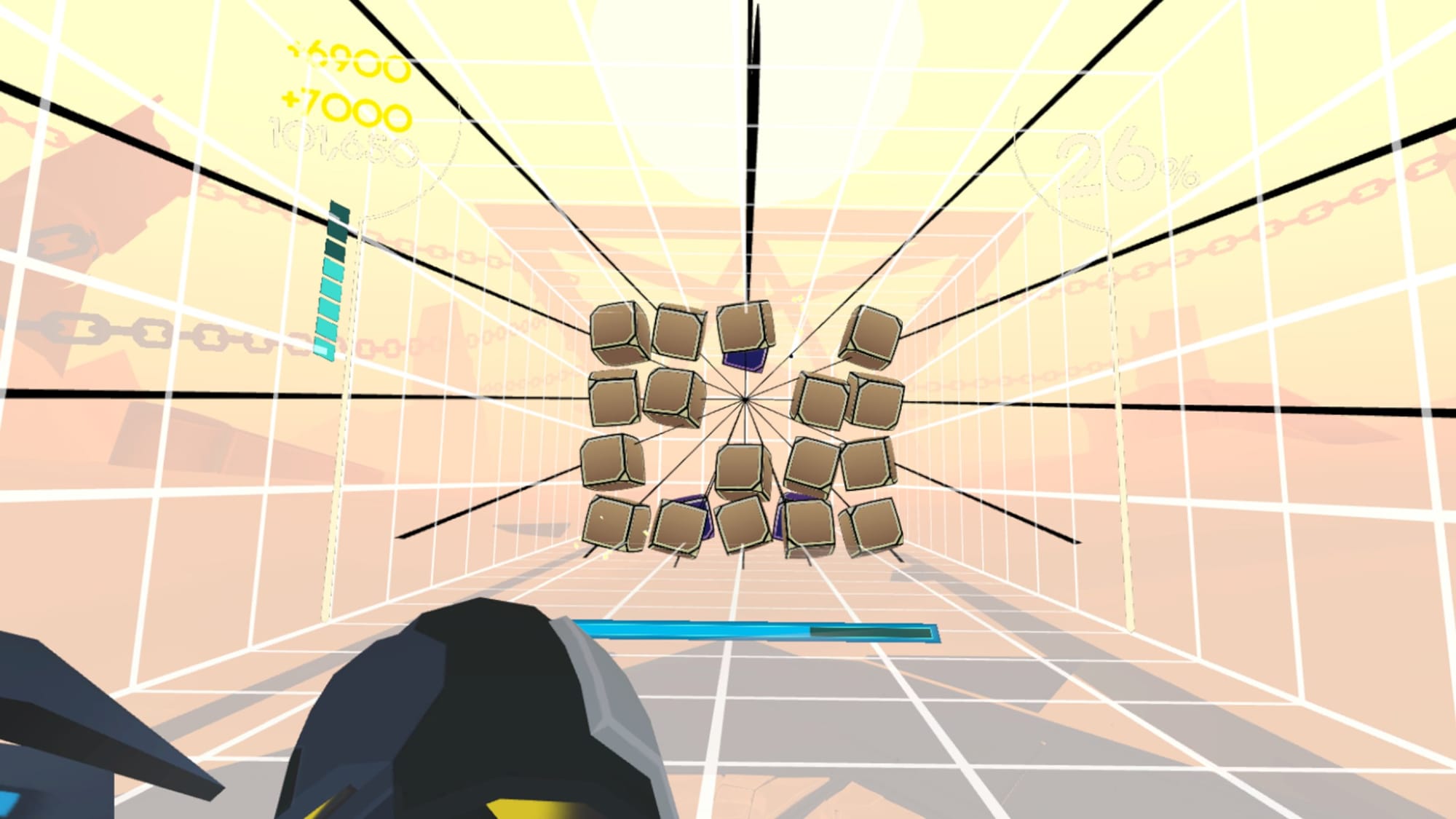
So far, Orbeats has been entertaining in short bursts and while I appreciate mixing rhythm gameplay with racket sports, the wave shooter mechanics just aren't that exciting. Presently, I'd be hard-pressed to recommend it over other VR rhythm games, but if you're someone who left C-Smash VRS wanting more boss fights, this could be worth a look.
Orbeats is available now on Quest App Lab for £10.49/$13.99.
Hunt Together, a new PvP psychological horror game, arrives on Quest.
Developed by Iron VR, Hunt Together is a multiplayer-only game for up to four players. Featuring two playable classes, Hunters and lifeforce-draining Ghosts, each comes packed with different skills and items. You can play between two gameplay modes, offering a 1v1 'Elimination Mode' and a 1v3 'Hide and Seek' mode with multiple maps available.
Here's the official description from Steam:
Your task will be to defeat your opponent with the help of numerous skills, items and usable environmental elements. The arenas of your battles are spooky, chilling locations, such as an abandoned mine, a haunted mansion or a forgotten orphanage. In addition to being able to face your friends in the Elimination Mode (1v1) or the Hide and Seek Mode (1v3), you also can acquire new skins for your favorite characters and develop their skills through a progression system.
Hunt Together arrives on the Meta Quest platform on January 25. A PC VR version is also coming in February with cross-platform multiplayer support.
Ready to set off on a time travel VR rescue mission aboard the RMS Titanic?
That's the premise of Titanic: A Space Between, which was initially announced last year. The announcement trailer confirmed you'll be sent back in time onto the Titanic with the aim of traveling through the ship and investigating what happened to a woman named Diana, who may have gotten stuck on board.
However, it looks like things will soon go astray, with the narrator announcing that the player has arrived aboard the ship 24 hours later than intended – presumably the point at which the ship begins to sink, judging by all the water present.
Titanic: A Space Between by 2-people team @GlobissInt is a #VR Time-travel Horror Thriller that Sails on Meta Quest this 14th of Feb, and later on #PCVR and #PSVR2
— Jesús Fabre (@JesusFabre) January 24, 2024
You end up in the iconic ship on the night of its fatal accident. Rescue your pal Diana and escape before it sinks! pic.twitter.com/GMlsexVpXt
A Space Between comes from developers Globiss Interactive. It will be their first foray into VR, after previously releasing flatscreen titles Under: Depths of Fear and Filthy Hands on Steam.
Previously planned for Q4 2023, that's now launching on February 14 on Quest. Both trailers specifically note that the in-game footage is captured on Quest 2. For standalone footage, it looks pretty impressive – especially given it's dealing with moving bodies of water, which can be a fairly resource-intensive inclusion.
PC VR and PSVR 2 releases will follow at an unknown date. However, the latest announcement makes no mention of a Pico release, which was previously listed in the original trailer. We've asked for clarification on planned platforms and will update this article if we learn more.
Notice: This article was originally published on July 20, 2023. It was updated on January 24, 2024, to reflect the revised release window.
Dungeons & Dragons will receive an official VR game.
Announced today by Resolution Games, the publisher is collaborating with Hasbro and Wizards of the Coast for an officially licensed Dungeons & Dragons VR game. The news follows the Swedish team's work on Demeo, the co-op digital fantasy tabletop adventure we previously named our 2021 Game of the Year, and last year's PvP spinoff, Demeo Battles.
“As anyone who’s played Demeo can guess, we’re incredibly huge fans of tabletop roleplaying games,” said Tommy Palm, CEO and founder of Resolution Games in a prepared statement. "Dungeons & Dragons offers one of the richest fantasy worlds that has ever been created, and it only gets bigger with every new sourcebook and adventure. We’re beyond humbled to have the opportunity to work with such an incredible IP and look forward to sharing the first details of this new project in the future.”
Though Resolution's upcoming game marks the first official D&D VR release, this isn't the only attempt we've seen to adapt Wizards of the Coast's popular tabletop game for VR. While Demeo and Demeo Battles take clear inspiration from it with some creative differences, last October saw Dungeon Full Dive reach Steam Early Access, offering a virtual tabletop that lets you create your own heroes and maps.
No further details were announced for this Dungeons & Dragons VR game, and platforms currently remain unknown.
 UploadVRJamie Feltham
UploadVRJamie Feltham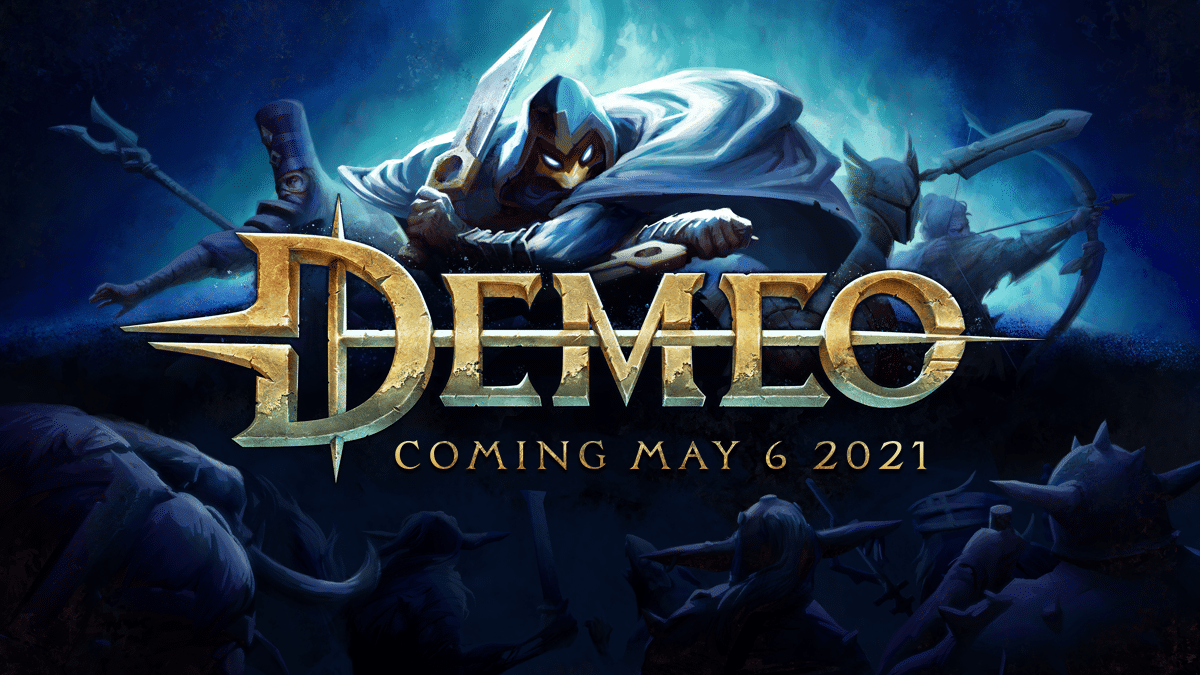
Arcade Paradise VR dropped a new gameplay trailer and we interviewed Nosebleed Interactive's creative director to learn more about the business sim's adaptation.
Revealed during our Winter Showcase last month, Arcade Paradise VR sees you turning a disused laundromat into a '90s arcade. Featuring 39 playable arcade cabinets, publisher Wired Productions announced that 12 of them have been "fully realized" for VR, joining 27 traditionally controlled games from the original release. Between reflex shooters, basketball and more, here's the new trailer:
Speaking to UploadVR on a video call, we recently interviewed Nosebleed Interactive's CEO and Creative Director, Andreas Firnigl. Over the nearly hour-long discussion I learned that Arcade Paradise's development began as a racing game prototype.
All of our games since The Hungry Horde have mini-games in them. We were developing a racing game prototype with RPG elements, so we wanted loads of unlockable content. One aspect involved unlocking games to play on your computer. We built the prototype, had a bunch of playable games and when we showed it to [Wired Productions], they said, "Why don't you just do the games bit of it?" And so, we effectively started building an arcade collection.
Firnigl explains the studio needed a "strong meta game" that went beyond arcade collections like Sega Ages, wanting a narrative and player agency to keep you coming back. I'm told the laundromat setting was inspired by Firnigl previously working "unglamorous" jobs where he'd "think about cool game ideas" and "gamify everything you do to make the time pass faster." The aim was to find a starting job that wasn't aspirational.
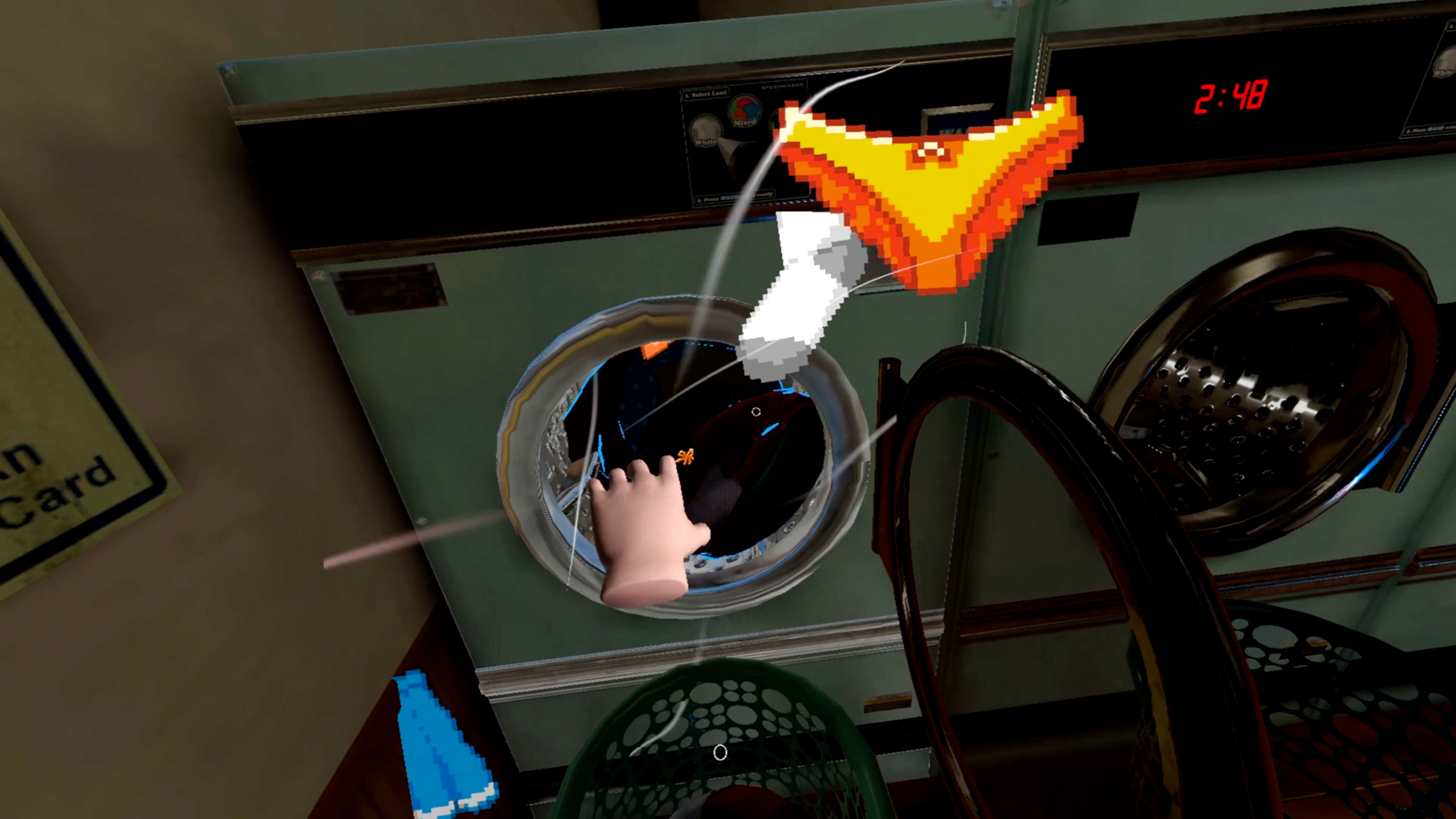
Questioning how Nosebleed balanced developing nearly 40 arcade games, Firnigl tells me they categorized them by three distinct types. "There's the showcase games which, if you think of it like a shopping centre, they were like the anchor stores. We had four or five of those that we spent quite a lot of time on," he responds. The rest are "mid-sized" and smaller games with varying complexities.
Was a VR port always in Nosebleed's plan? Firnigl says he "always wanted to do it," stating in the initial pitch document that it "would suit VR perfectly."
The plan was to make you feel present, make it feel authentically like an arcade. Not the 80s heyday, more when arcades found their feet in the early '90s before going into full decline. If we could have stimulated sticky carpets, the smell of cigarette smoke and chewing gum, we would have.
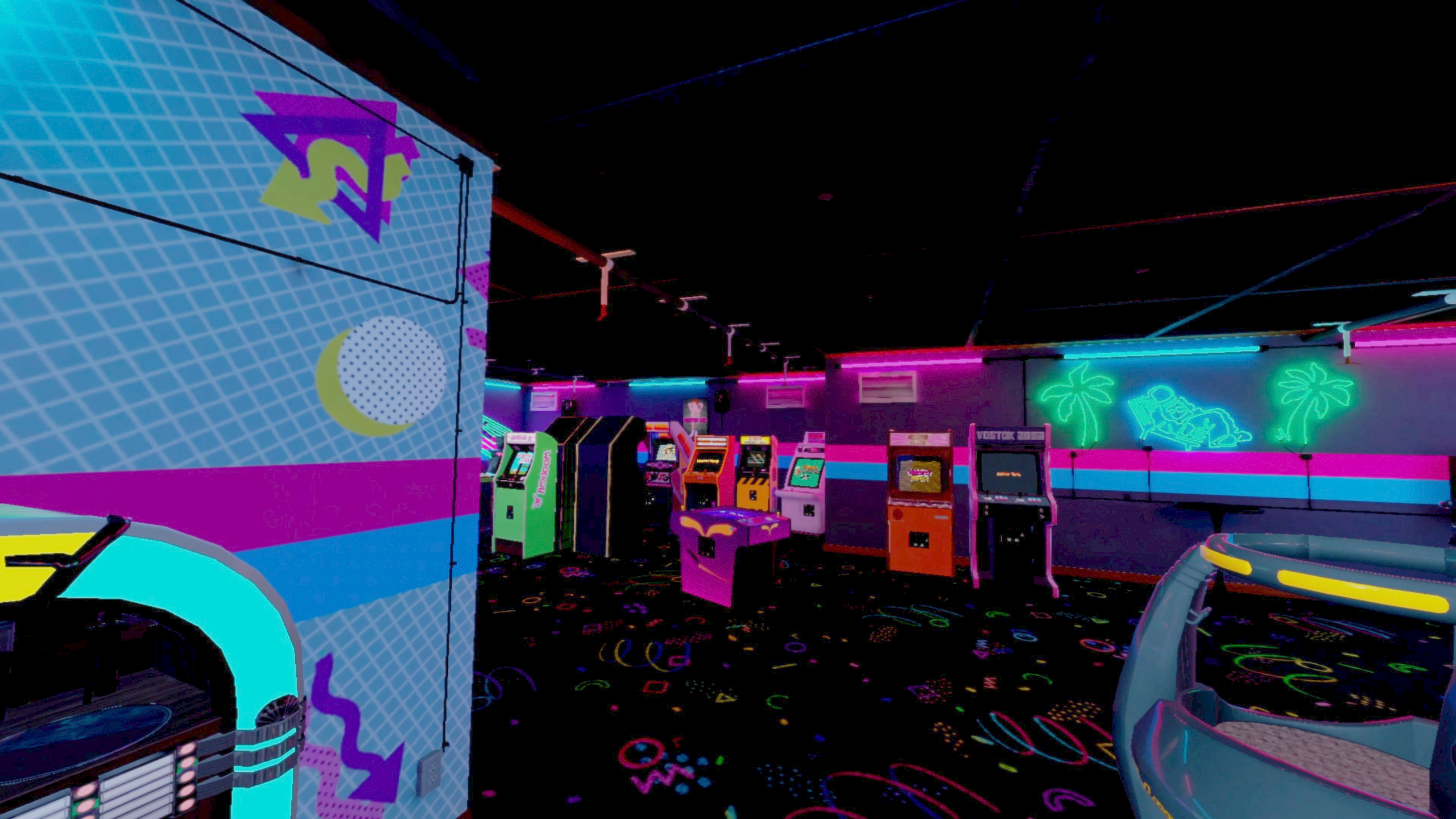
"One of the things that we found worked incredibly well is, aside from the arcade games themselves, the activities feel so much better than they did on flatscreens," he later explains, citing physical motion with Touch Controllers to carry out actions, as opposed to pressing buttons on a standard gamepad. One example cited is how the light gun games feel better than a flat screen because "you can literally shoot at the screen" instead of controlling a cursor.
You won't be playing with friends in Arcade Paradise VR. The flatscreen version only supported local multiplayer and that's been dropped entirely on Quest.
"We don't have online multiplayer because that would have added an extra year of development time onto the schedule... it would cost a lot more and not give that much more benefit, which is a bit of a shame," Firnigl says.
He says he'd rather save multiplayer for another game and believes players will prefer original arcade games built for VR – with six new ones built for the VR version. The update includes new voice lines from Doug Cockle (The Witcher 3), though Firnigl noted a few cabinets from the flatscreen release were removed too.
"There's a couple that we've lost. We tried getting pool working and it just didn't translate very well in VR," he informs me, also stating that Darts "wasn't that much fun."
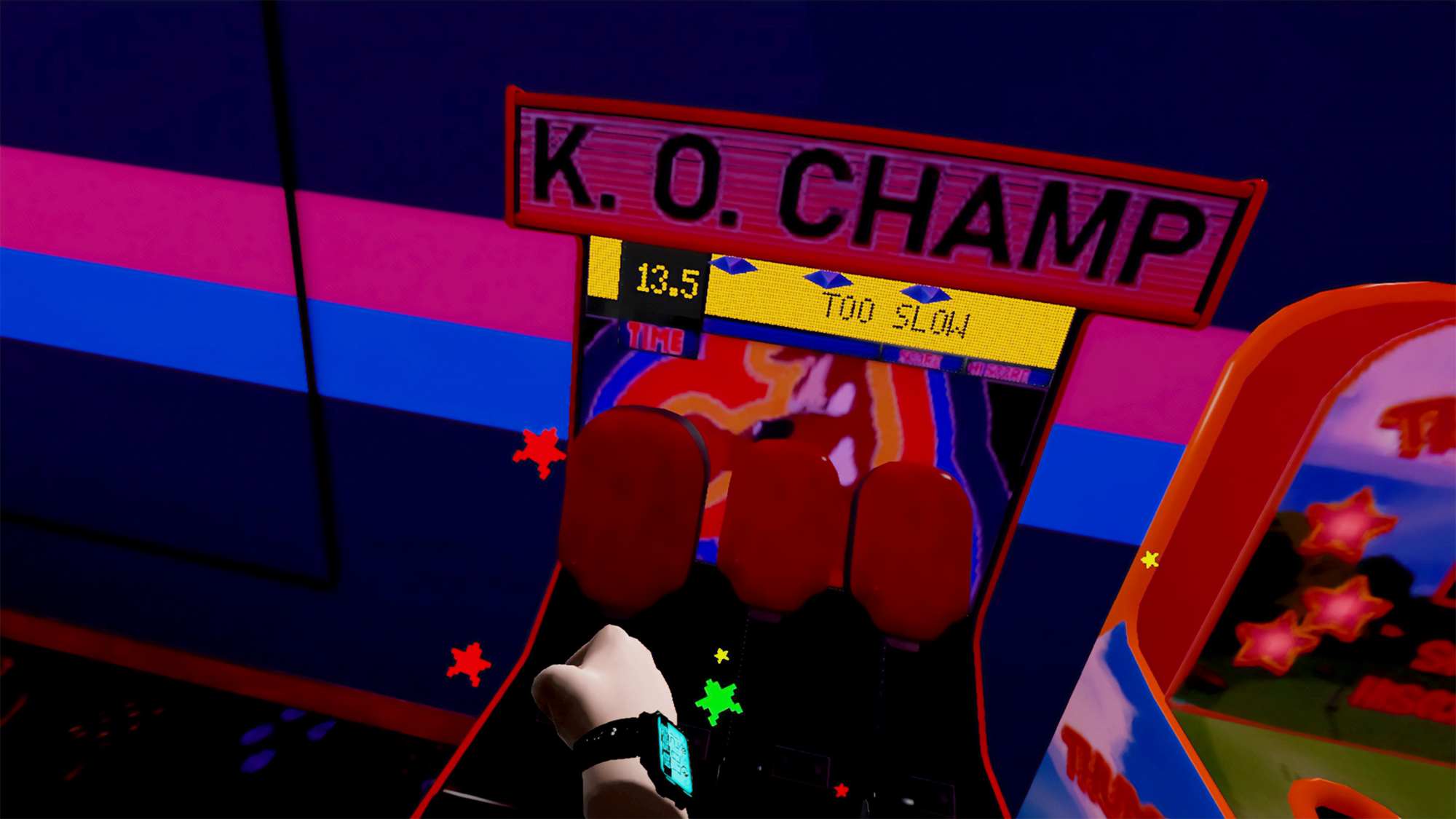
While Quest 2 is the target platform, I asked whether they'd wider VR support since PC and PS5 already have the flatscreen version. "We might work on it in the future, but it's not something we're looking to," I'm told by a Wired representative. As for performance, Firnigl's not ready to officially confirm details for Quest 2 and Quest 3.
A release window remains unconfirmed, though Arcade Paradise VR is "coming soon" to the Meta Quest platform.
We're back with our weekly VR games and hardware roundup. Here's what you may have missed:
January was off to a busy start with CES 2024 and this week wasn't any different. Apple Vision Pro continued dominating headlines before next month's launch, and we went hands-on again. Previews suggest Apple's headset has a comfort problem, in-store demos are planned, its specs may have leaked and Apple Immersive Video was also detailed. Elsewhere, LG's creating an XR device, crowdfunding began for RayNeo X2, and Varjo Aero is officially discontinued.
VR gaming was equally busy and Air Link's creator revealed CitraVR will bring the 3DS emulator to Quest. Bulletstorm VR, Toy Trains, Crumbling and Retropolis 2 all released on multiple platforms, Grimlord and Vertigo 2 got new ports, while the Vestiges: Fallen Tribes Steam demo drops next week. Slender: The Arrival VR is confirmed, Vail VR has a full release date, while WIMO Games shut down. Finally, Saints and Sinners got its Quest 3 upgrade after the series grossed nearly $100 million.
There's a lot of news, so we're continuing our format for rounding up those stories we couldn't cover. Here's a few more VR updates:
IT'S HERE!
— DaXcess (@daxcess) January 13, 2024
The Lethal Company VR mod is finally public! Download it over at Thunderstore: https://t.co/mzoJTZAR62 pic.twitter.com/84X6FORr89
Lethal Company, the highly popular co-op horror game from Zeekerss that launched last October, just received a VR mod with 6DOF and motion controller support. Created by DaXcess, you can download that now through either Thunderstore or GitHub.
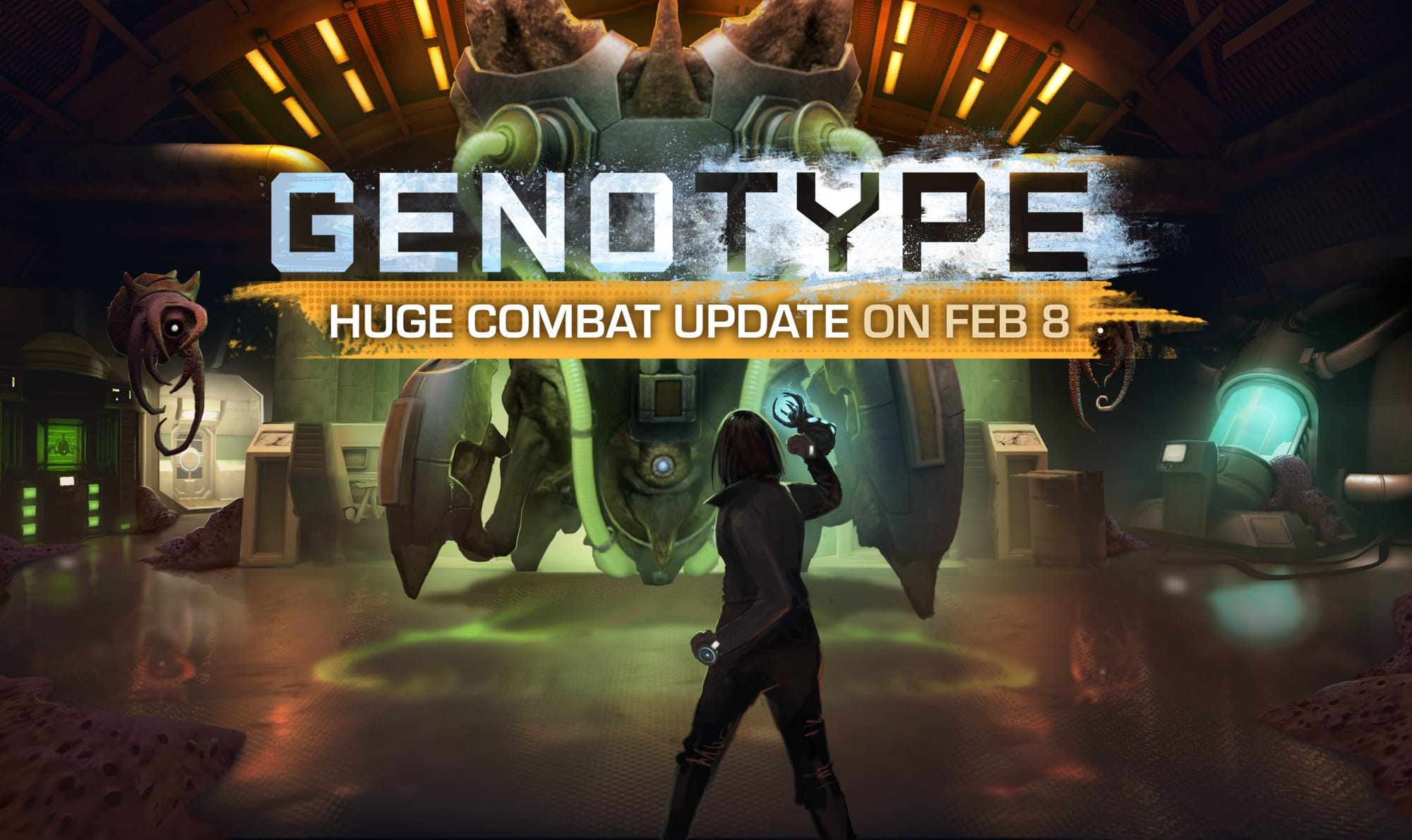
Launched last October on Quest, narrative VR action experience Genotype will relaunch with a major content update. Promising overhauled weapon upgrades, further level upgrades, new challenges, environmental improvements and more, that arrives on February 8th. While there's no confirmed release date yet, a Steam version is also planned.
Following last November's Steam and Quest launch, X8, Thirdverse's 5v5 multiplayer VR hero shooter, is partnering with the VR Master League (VRML) for competitive esports events, kicking off the pre-season on February 5th. Thirdverse also revealed that X8 reached 300,000 downloads.
Team Beef's VR Mod for Wrath: Aeon of Ruin will leave early access next month. Originally announced back in 2021, Wrath is a hardcore boomer shooter heavily inspired by the Quake franchise. Previously launched in early access, the modding team confirmed a full release is coming on February 27, 2024.
Created by Top Right Corner (The Atlas Mystery, Belko VR), Flock of the Low God is a survival horror game inspired by MALUM. Following your father's sudden death after arresting the titular cult, you play as Officer Loren, a rookie cop trying to investigate his death. Following an early access launch on Steam and Viveport, a major update has just been released. Pico and Quest versions are also planned.
While those are some of the bigger VR news stories we previously missed, we're always trying to highlight a wider range of updates across the board. Here's what else we've seen:
If you've got an update for a VR game we should know about for this article or future updates, you can use our contact page or email tips@uploadvr.com with details.
Soundscape, described as a "musical metaverse experience," reaches PC VR next week.
Developed by Groove Science Studios, Soundscape‘s attempt at a musical metaverse follows Soundscape VR: 2017. Built using Unreal Engine 5 with its dynamic global illumination and reflections system, Lumen, Soundscape promises exclusive artist performances from Deadmau5, Evanescence, Slash, and more.
In a press release, the studio states its intention is to simulate "an interactive audiovisual environment akin to a music festival." Featuring multiple virtual worlds, custom avatars and more, you can also listen to your own music streaming service which is integrated with an audio-reactive AI engine. Soundscape also comes with an "experimental psychedelic soundshooter" called Soundtag.
“We at Soundscape have a vision for the metaverse, one that amplifies human creativity and art through massively powerful immersive technology,” said Eric Alexander, Soundscape CEO and Founder. “The metaverse offers chances to create entirely new experiences – new artistic mediums – that defy what anyone has seen previously.”
Soundscape arrives exclusively on Steam with VR support for $39.99 on January 23.
Apple Vision Pro delivery timelines slipped into March for some people less than an hour after preorders opened.
 UploadVRDavid Heaney
UploadVRDavid Heaney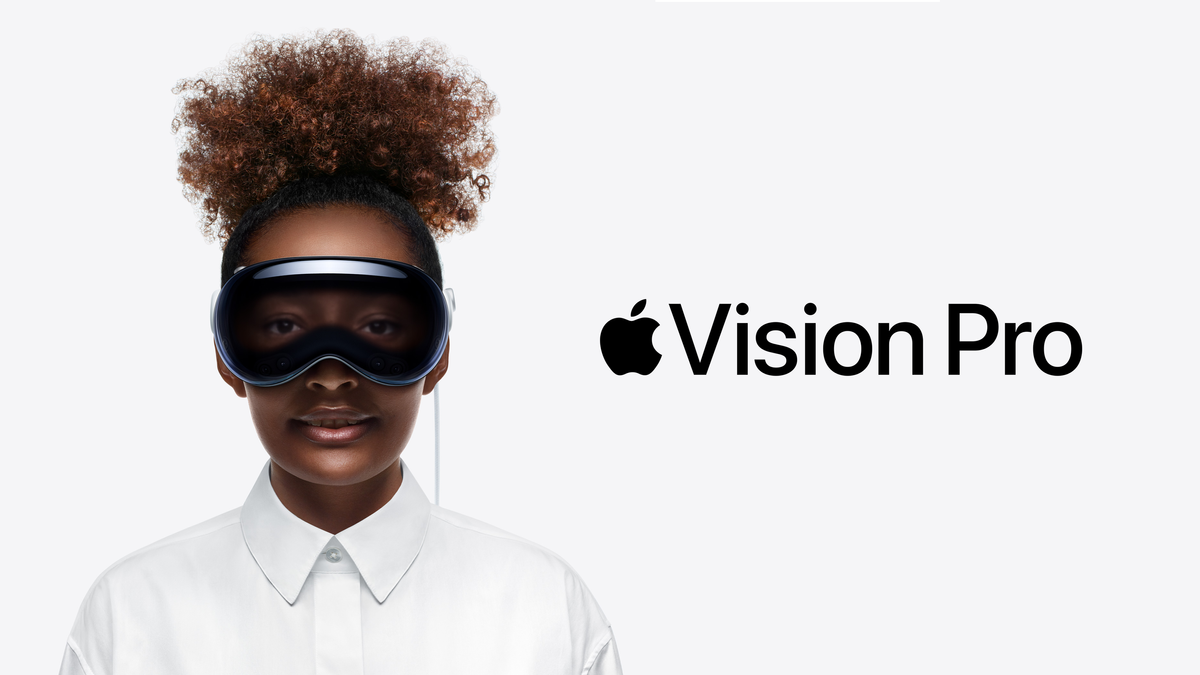
Preorders opened today at 5am PT, and the first deliveries are set to arrive on February 2. For orders placed after the first few minutes, the delivery window listed depends on the storage tier (256GB, 512GB, or 1TB) and the US state of the delivery address.
Apple Vision Pro delivery dates already being pushed back a few weeks. Quickest model you can get right now is the base model on Feb 13-16. Guessing this will be unavailable soon.
— Dan Barbera (@danbarbera) January 19, 2024
512/1TB model March 1st-8th 😳 pic.twitter.com/kfT6BkqrUj
At 5:16am PT, less than 20 minutes after preorders opened, an Ohio-based MacRumors staffer posted a screenshot to X showing a delivery window of the first week of March, which he said was for both the 512GB model and 1TB model.
While UploadVR has already placed an order for launch day, at around 6am PT we tried placing a second order with a New York address to check the delivery estimate, finding it to also be pushed out to the first week of March. In-store pickup in remains available near launch for some storage models at some New York stores, but not all.
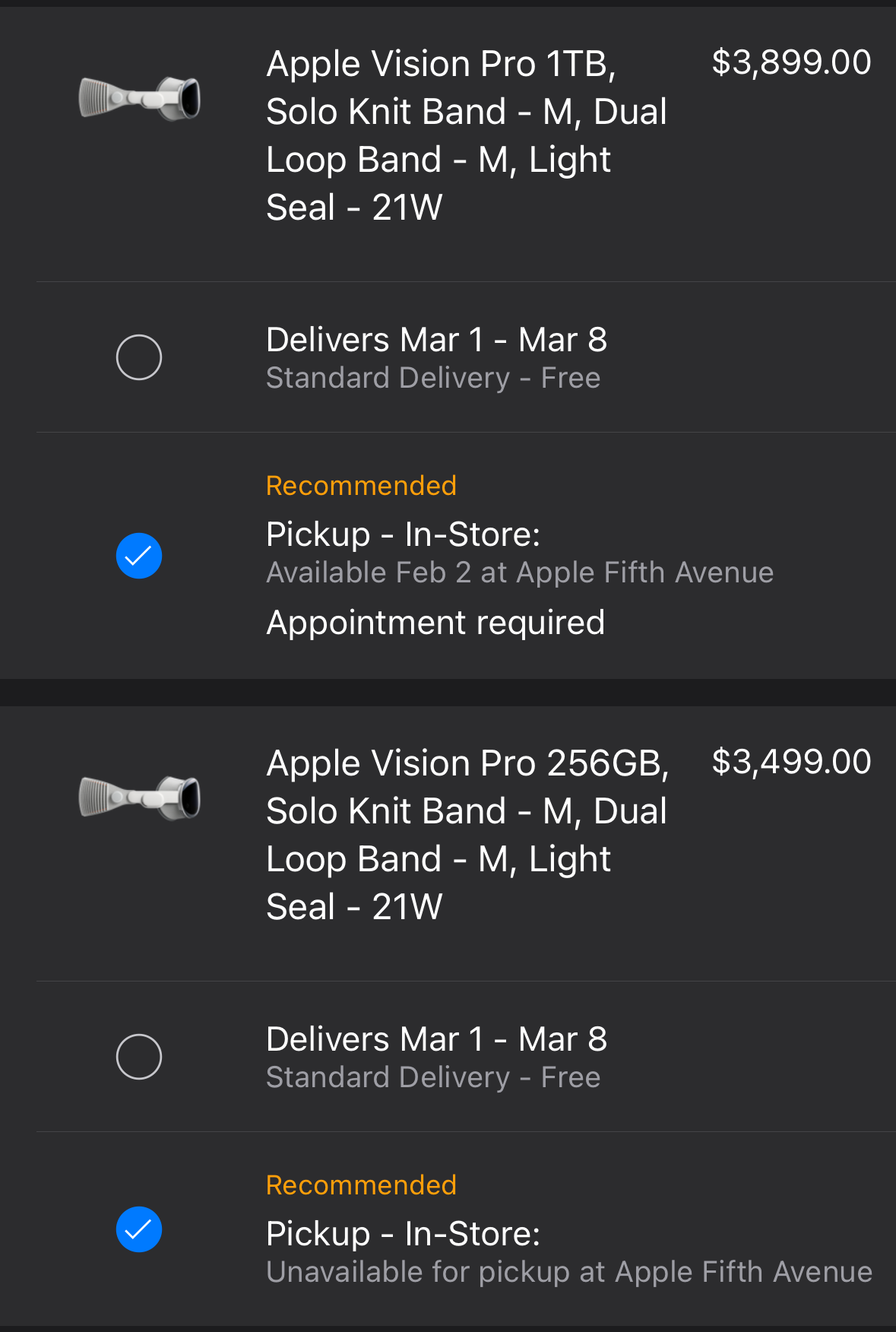
This backlog of more than a month for some comes a week after a reliable supply chain analyst claimed Apple will only have somewhere between 60,000 and 80,000 units of Vision Pro ready for February 2. While the per-state delivery system somewhat obfuscates the situation, I expect Apple will sell through this launch batch by the end of today, if it hasn't already.
For those who want to try out Vision Pro before ordering, in-store demos will be available from launch day on February 2.
 UploadVRDavid Heaney
UploadVRDavid Heaney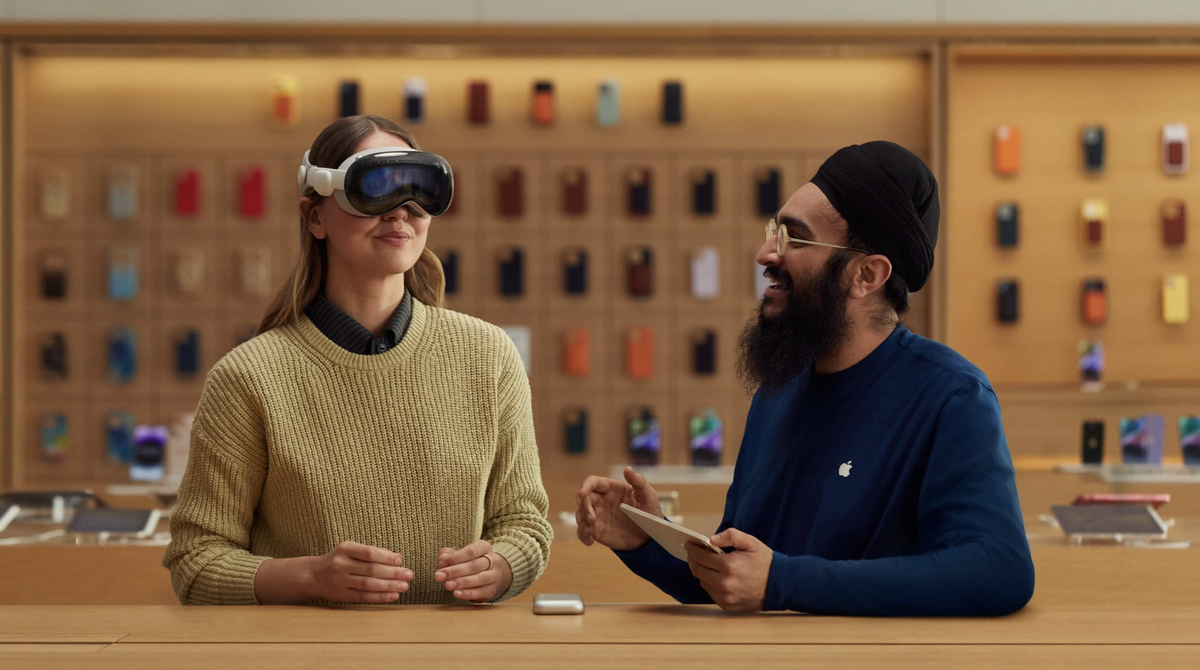
Just before Vision Pro was unveiled The Information's Wayne Ma reported it would be Apple's "most complicated" device ever with many components tightly packed under a curved three-dimensionally formed glass frontplate, reportedly proving challenging for production workers. These challenges reportedly led the originally planned manufacturer to hand over the project in 2022 after more than four years of preparations.
The main constraint for Vision Pro's production though, Ma reported, was that its near-4K OLED microdisplays from Sony are even more difficult and expensive to manufacture, with low yield.
South Korean tech news outlet The Elec reported that Sony can't manufacture more than 900,000 of the microdisplays per year at most, limiting Vision Pro production to less than half a million units since Apple needs two per headset. The Financial Times also reported that Apple was unhappy with Sony's yield of defect-free microdisplays.
Apple Vision Pro's Sony-supplied near-4K OLED microdisplays
OLED microdisplays are manufactured directly onto silicon wafers with a process very different to smartphone or TV-sized OLED panels. While the basic technology itself isn't new, until very recently it was mainly only used in low-volume products like high-end camera viewfinders and in some industrial smart glasses. Mass production of near-4K OLED microdisplays is only just coming online this year.
A Chinese supply chain analysis startup estimated the cost of the near-4K microdisplays to Apple as $350 each, $700 together, reflecting the low production capacity and yield.
Apple is in talks with other OLED microdisplay suppliers for future Vision headsets, The Financial Times also reported, which could expand production capacity and lower the cost. For the first generation Vision Pro however, supply will remain limited - so if demand after this initial surge remains strong, it could remain backlogged for months on end.
Apple revealed the full range of Vision Pro accessories.
With pre-orders live for the Apple Vision Pro ahead of the headset launching on February 2, the full range of Apple Vision Pro accessories have just been revealed on the official Apple web store.
Two optional accessories that aren't included in the box are available for Vision Pro at launch: a $199 official Apple Vision Pro Travel Case, and a $49 Battery Holder from Belkin that can clip to your belt or trousers.
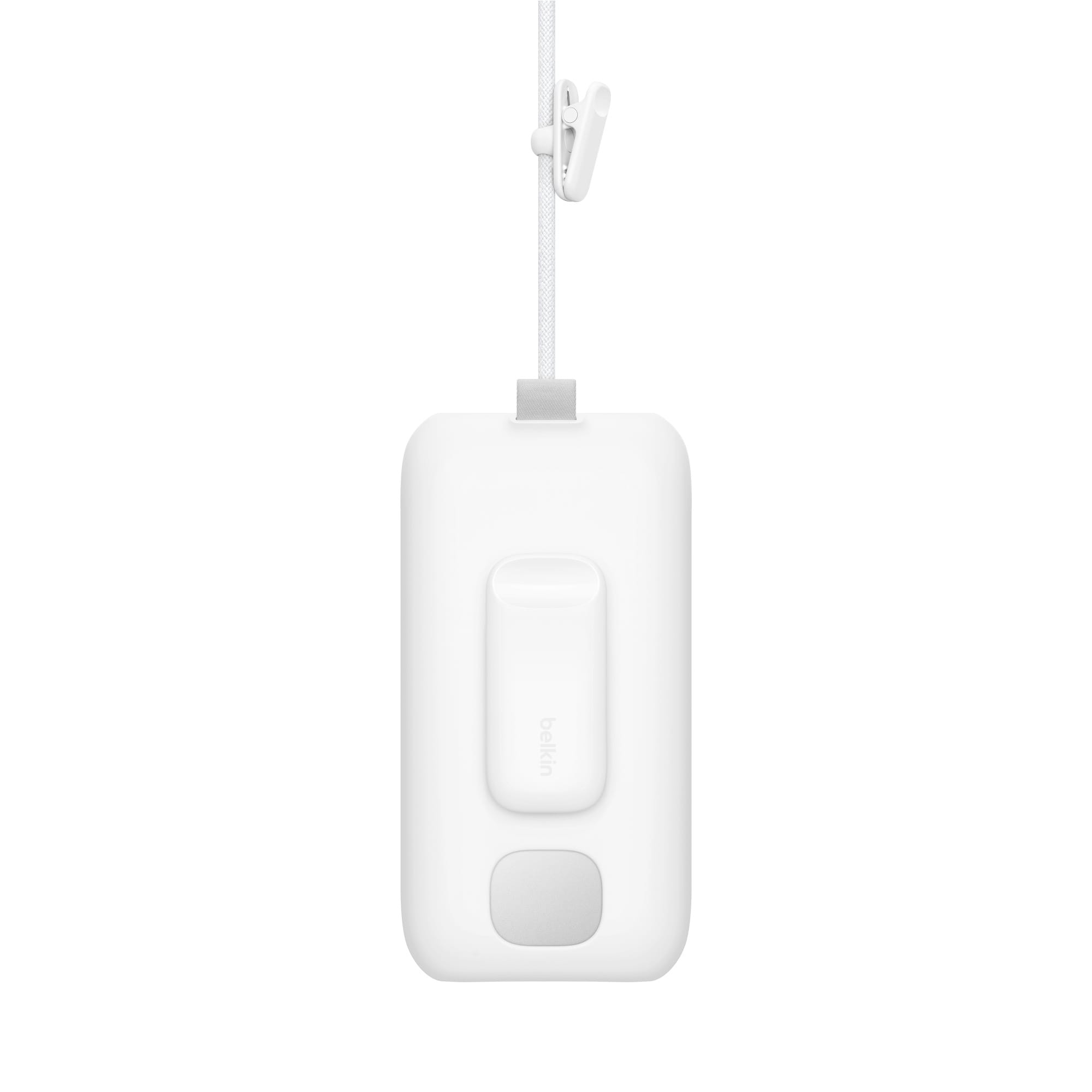
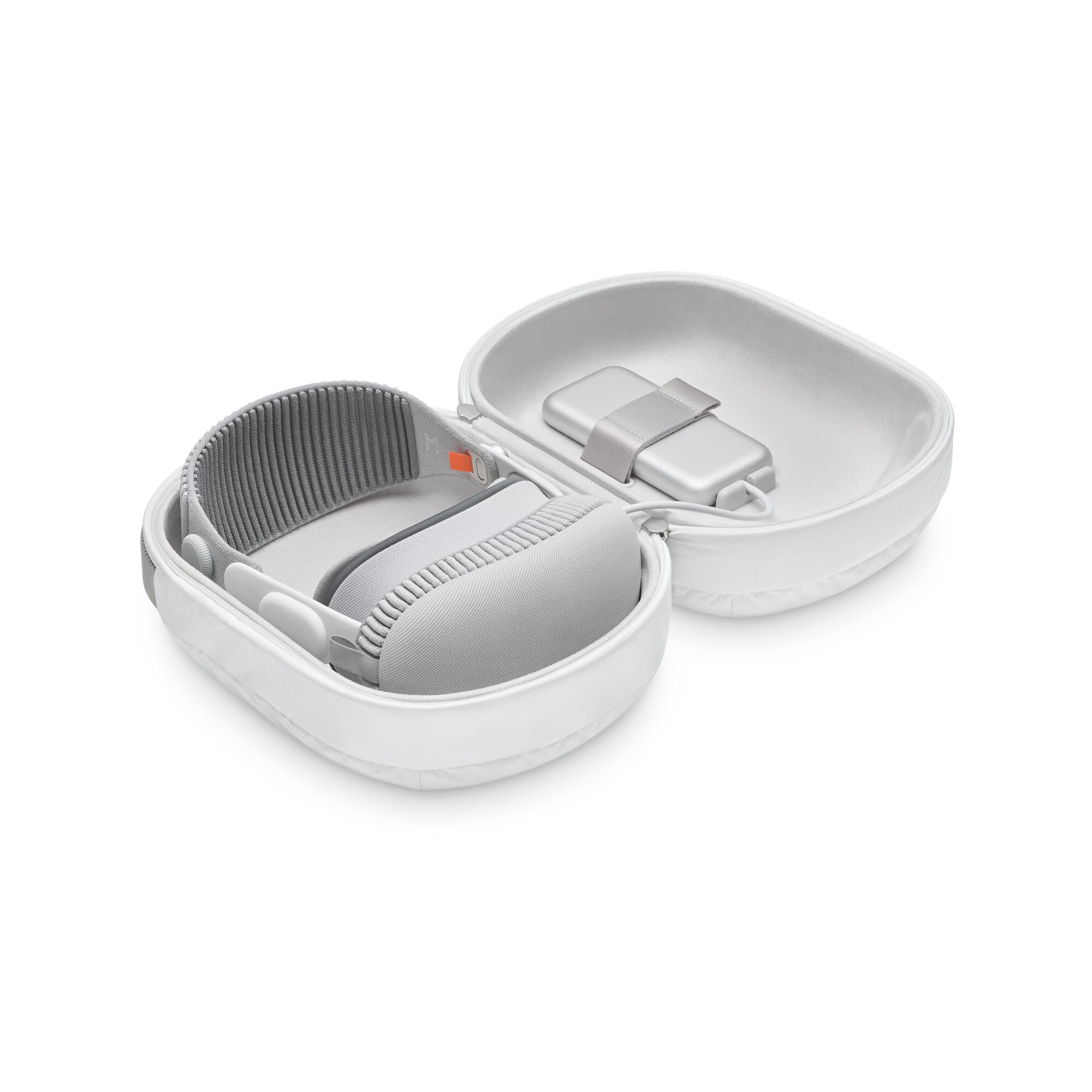
Additionally, the following replacements/extras are available:
Detailed on the Apple Store, the headset includes a light seal, light seal cushion, solo knit band, dual loop band, cover, external battery pack, polishing cloth and 30W USB-C power adapter with a USB‑C charge cable.
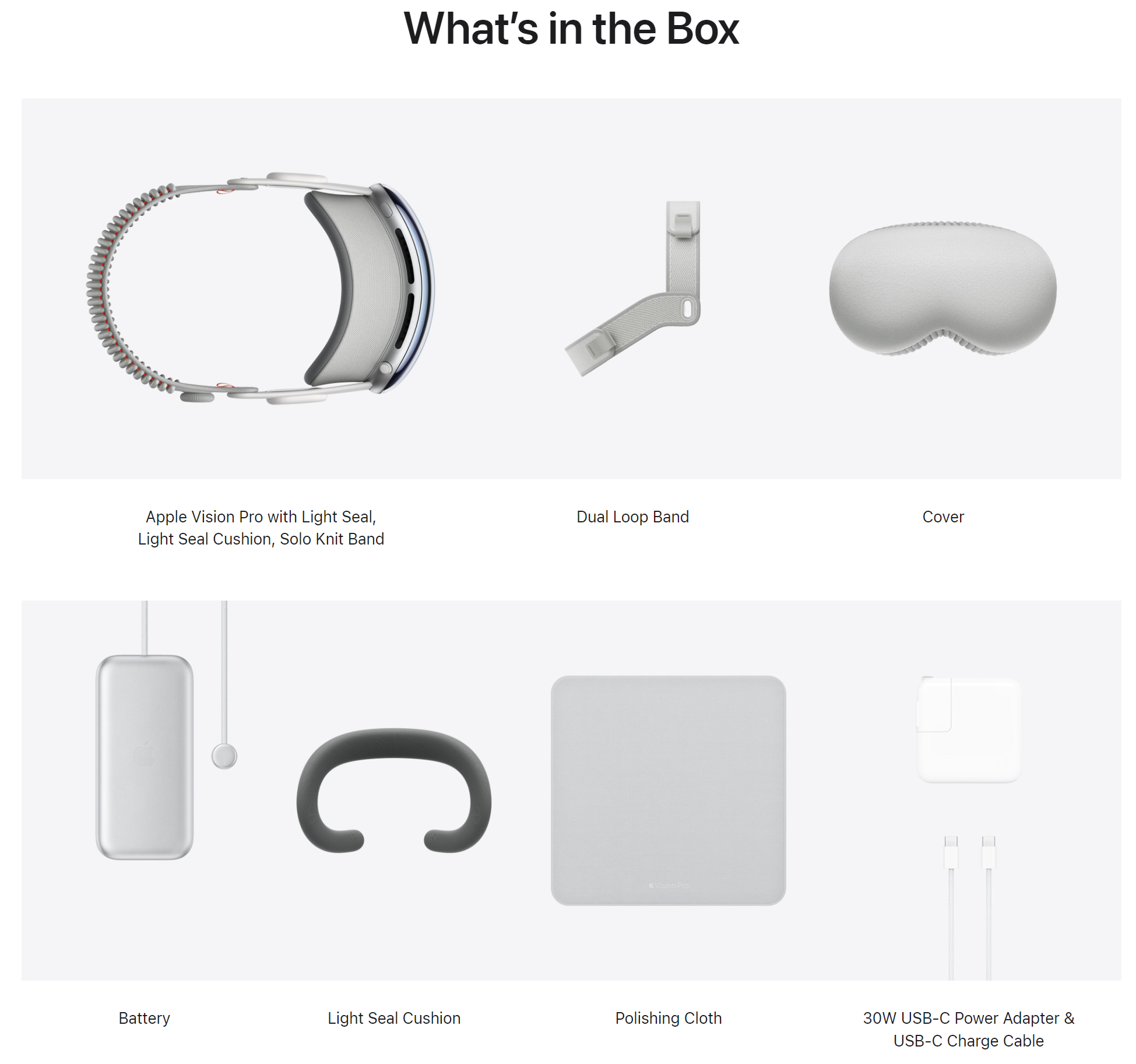
For more information on Apple Vision Pro, check out our second hands-on demo from earlier this week.
 UploadVRIan Hamilton
UploadVRIan Hamilton
Apple Vision Pro preorders are now available in the US.
Vision Pro is exclusively available from the Apple web store. Deliveries are set to begin on February 2, when the headset will also be available in physical Apple Stores in the US.
The $3500 base model has 256GB of storage. A 512GB storage model is available for $3700, while 1TB is priced at $3900.
Apple previously said Vision Pro will come to other countries "later" in 2024, but hasn't yet confirmed which countries this will include.
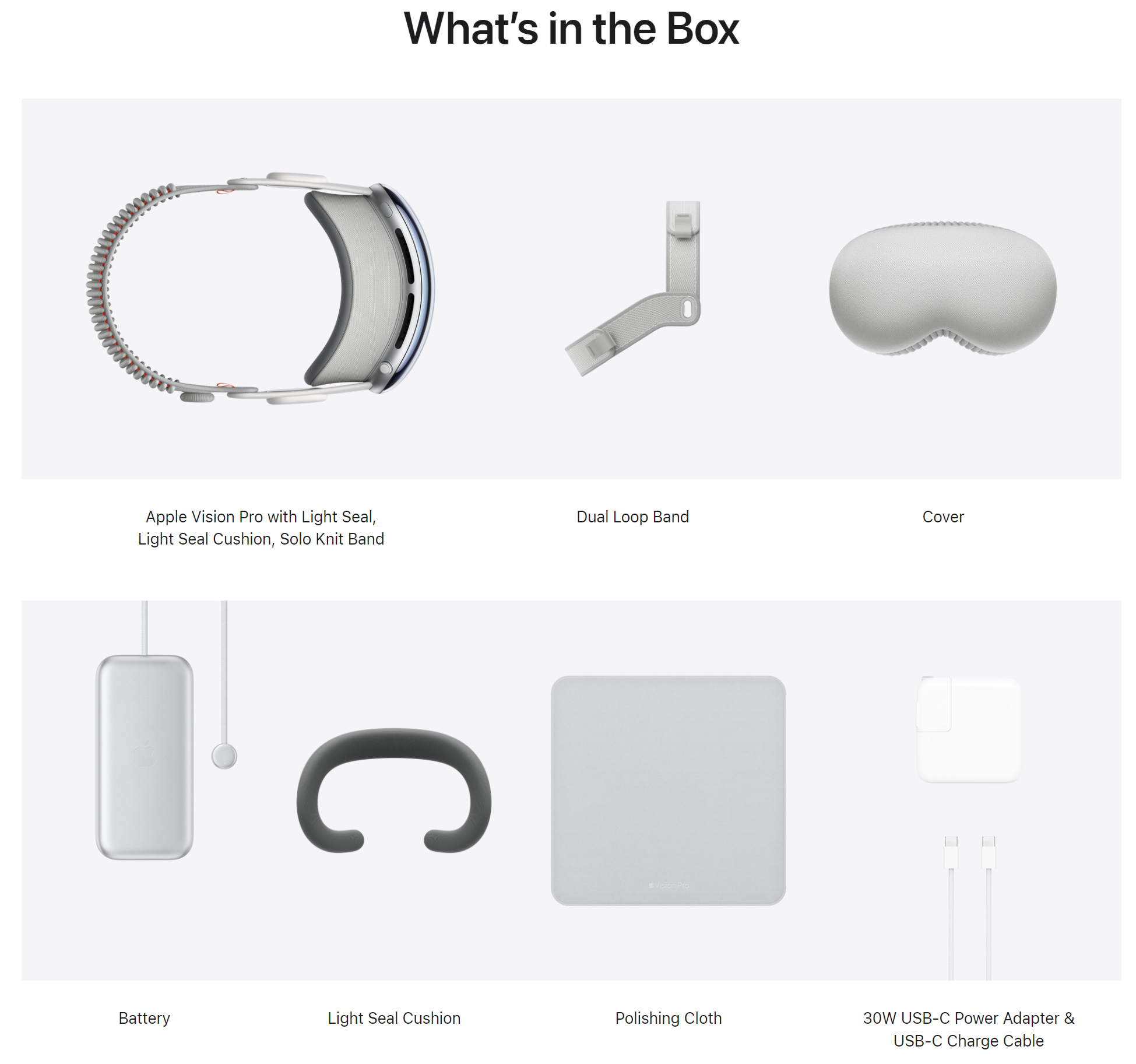
To place an order you'll need an iPhone or iPad Pro with Face ID to scan your face. Apple uses the scan to determine the best size of Light Seal (what other headset makers call the facial interface) and head bands to include with your Vision Pro.
Two different head bands come in the box, the Solo Knit Band and the recently announced Dual Loop Band. Impressions so far suggest the Dual Loop Band is a necessity for comfort.
 UploadVRDavid Heaney
UploadVRDavid Heaney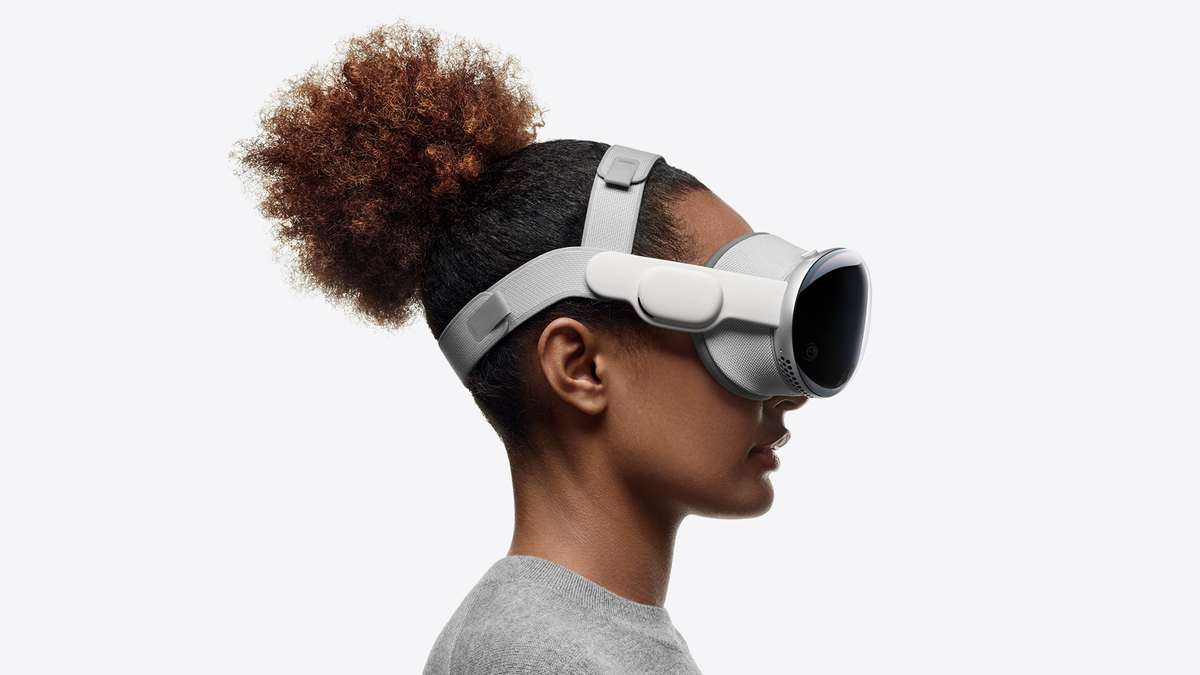
Vision Pro doesn't support glasses, but optical inserts from ZEISS are available for $100 for readers or $150 for prescriptions.
Two optional accessories are available for Vision Pro at launch: a $200 official Apple travel case, and a $50 battery holder from Belkin that can clip to your belt or trousers.
 UploadVRHenry Stockdale
UploadVRHenry Stockdale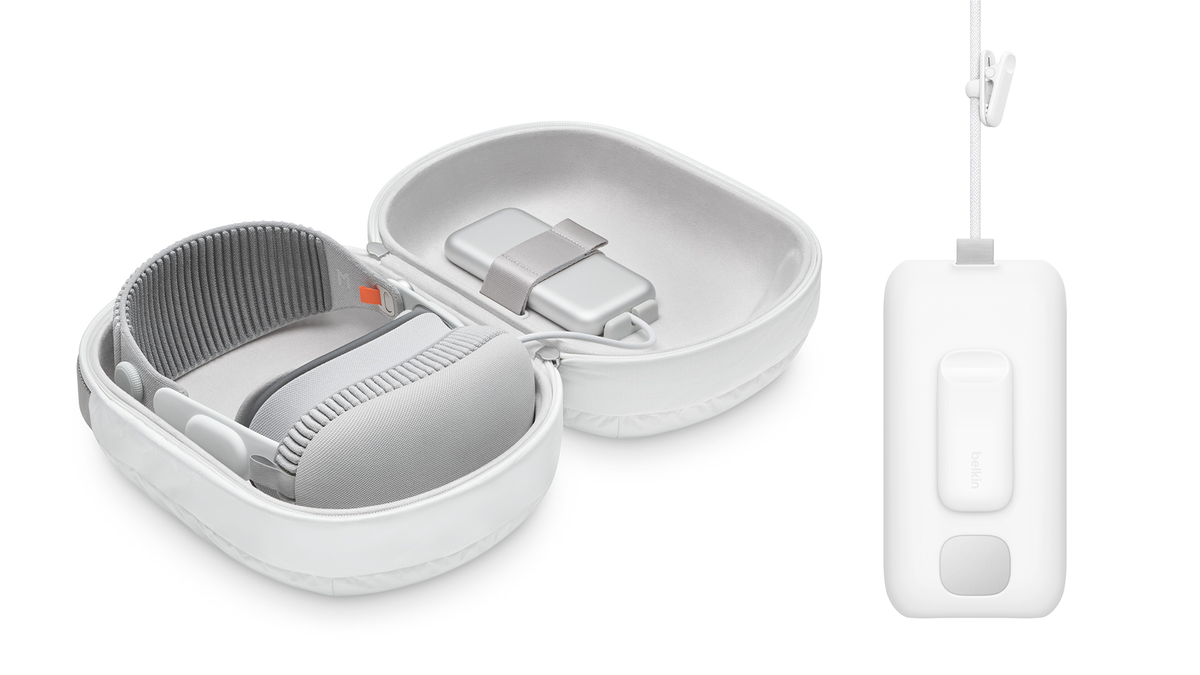
Apple Vision Pro is a physically opaque VR-style headset that can use its high-resolution passthrough cameras to show you your real environment with virtual interfaces and objects added to it, or a fully virtual world instead.
A dial on the side called the Digital Crown is used to gradually transition between full AR and full VR.
 UploadVRDavid Heaney
UploadVRDavid Heaney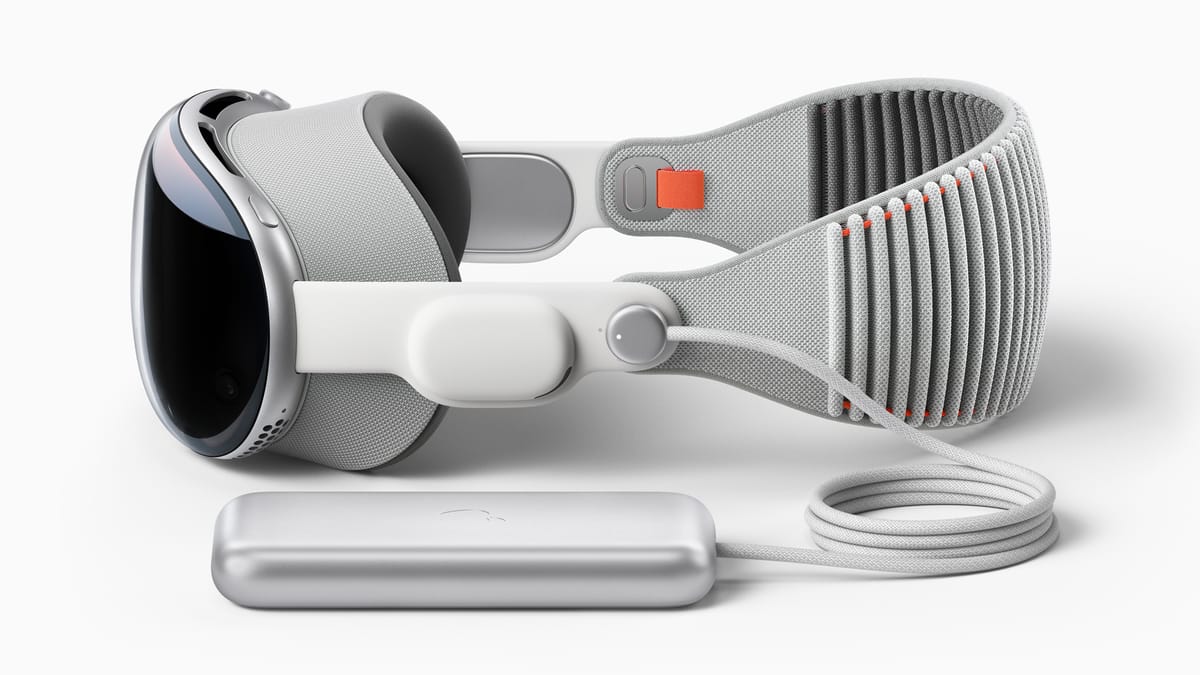
Vision Pro is powered by Apple's M2 chipset, also seen in Macs and iPad Pro, alongside a new R1 chipset used to process its plethora of sensors. All this power means the headset uses a tethered external battery, with a battery life of around 2 hours. It can also be plugged into a wall for perpetual use.
The headset uses near-4K OLED microdisplays for each eye, which should give it the highest resolution of any consumer headset when it ships. Uniquely, Vision Pro also has an 'EyeSight' lenticular display on the front that shows a rendered view of your upper face to other people in the room when they're nearby.
Vision Pro's operating system, visionOS, is controlled with eye tracking and hand gestures. Your eyes are the targeting system, like moving your mouse or hovering your finger over a touchscreen, while pinching your index finger and thumb together is the equivalent of the click or tap.
 UploadVRDavid Heaney
UploadVRDavid Heaney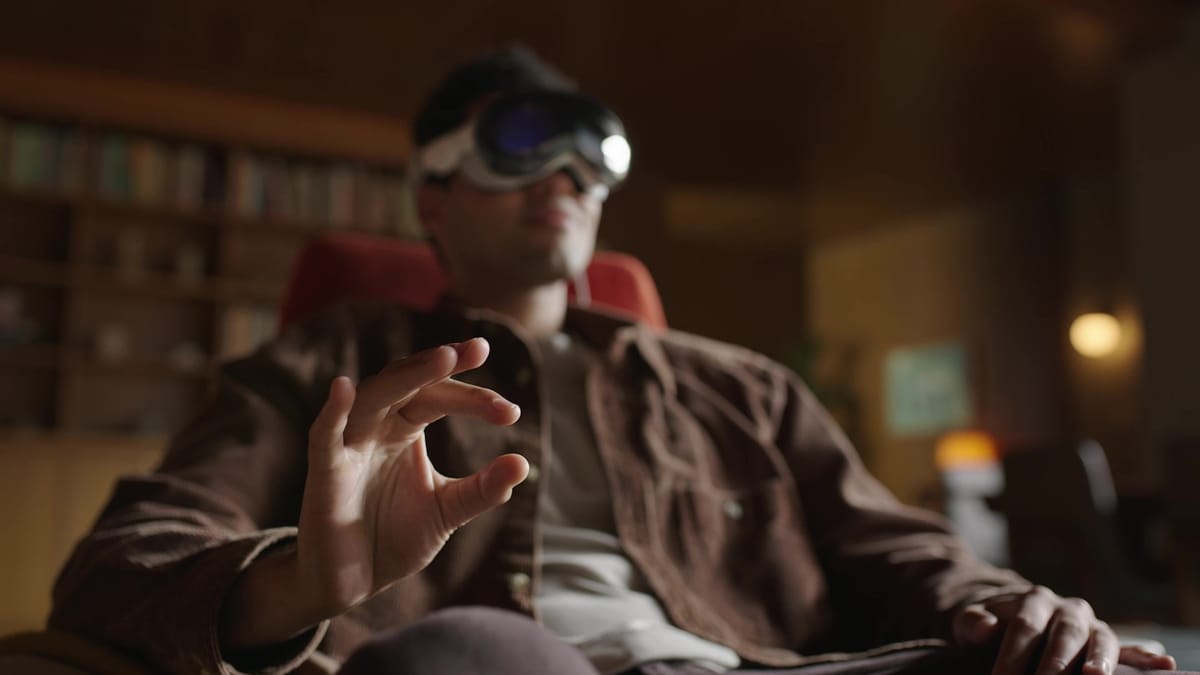
iPad and iPhone apps will be available on Vision Pro's App Store "by default", but
Apple said Vision Pro's App Store will include "nearly all" iPad and iPhone apps, which can be positioned freely in your space and can run alongside some AR apps and experiences, but some developers are opting out from making theirs available. Developers can also build a native visionOS version of their app and use Apple's Universal Purchase cross-buy system to offer it for free to customers who have already bought it on iPhone or iPad, and vice versa.
For productivity, the headset supports running multiple windows side-by-side on large virtual screens, and Apple's Magic Keyboard and Magic Trackpad are supported for input. You can also mirror your Mac's display onto a virtual screen.
For entertainment, Apple is offering 4K and 3D movies on a giant virtual screen, either in AR or a VR environment, as well as immersive 180-degree 8K videos and fully immersive true VR experiences.
For gaming, you can play iPad games on a huge virtual screen with a gamepad, or AR/VR games like Rec Room, Demeo, What the Golf?, and Super Fruit Ninja.
The headset can also capture and play 3D videos called Spatial Videos, which you can also capture with iPhone 15 Pro.
 UploadVRIan Hamilton
UploadVRIan Hamilton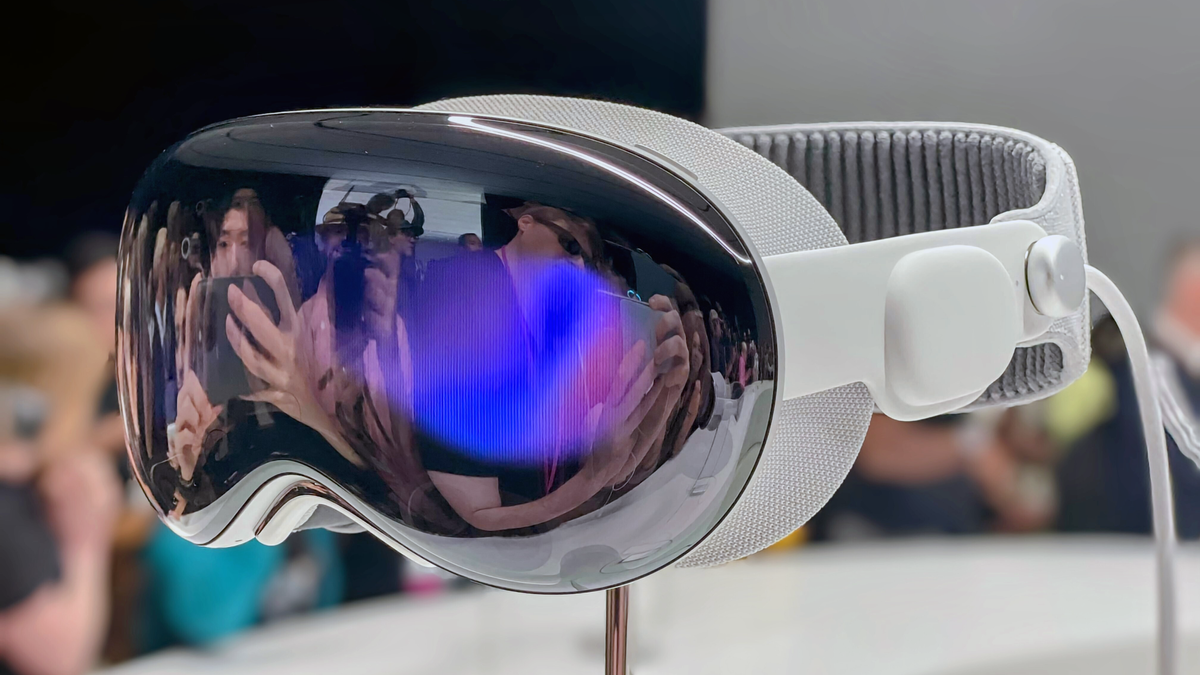
 UploadVRIan Hamilton
UploadVRIan Hamilton
Vision Pro will introduce new features and specs never before shipped in a headset, and combined with its innovative visionOS, its release by the world's largest and most prominent technology company could represent a watershed moment for the XR industry.
WIMO Games, the developer of Micro Machines: Mini Challenge Mayhem and Battle Bow, has shut down.
Though the Texas-based studio or its CEO haven't released a formal statement yet regarding it's closure, yesterday's layoffs were corroborated by multiple employees over LinkedIn and X (formerly Twitter). In a statement to Kotaku, associate software engineer Walter Hill confirmed that 35 people were employed by WIMO Games.
UploadVR has contacted WIMO Games for an official statement, and we'll update this article if we get a response.
It's surprising news from the Austin studio, which launched Micro Machines: Mini Challenge Mayhem only two weeks ago. Featuring track building with different pieces like loop-de-loops, this official VR adaptation of Hasbro's brand lets you race cars across a campaign mode. WIMO Games also released Battle Bows in July 2023, which later received a Showdown Mode, while a now-cancelled PSVR 2 version was also in development.
WIMO Games' closure adds to an increasing list of VR studios facing layoffs and closures, and the games industry reportedly reached over 10,000 layoffs in 2023 alone. In the last month alone, DOOM 3: VR Edition and Journey To Foundation developer Archiact announced an unknown number of staff were let go, while Firewall Ultra studio First Contact Entertainment shut down completely.
Apple Vision Pro will have access to over 150 3D movies at launch.
One of the key use cases Apple is pitching Vision Pro for is watching traditional media like movies and TV shows on a giant virtual screen, with a choice of background between your real room (optionally darkened), a fully virtual environment, or a blend of both.
Apple confirmed this week that both the Apple TV app and "several streaming apps" including Disney+ will offer 3D versions of movies at no additional cost if you're already entitled to the 2D version through purchase, rental, or subscription.
Over 150 3D movies will be available at launch, including:
Apple is also promising "new 3D editions alongside or shortly following standard 2D releases" in future.
Some cinemas still show 3D versions of movies, but TV manufacturers stopped supporting 3D around 2016. Viewing 3D video content in head-mounted displays is a markedly better experience than using 3D glasses with a TV, though. You get a more pronounced sense of depth, far less eyestrain, no ghosting, and higher brightness relative to the background. So could headsets like Vision pro eventually revive 3D in the home?
Potentially, but there is a major issue that will need to be overcome first: comfort. Early impressions of Vision Pro suggest it feels too heavy to be comfortable for this kind of extended use, at least with its default strap, a concern we noted in our brief hands-on impressions too. New PC headsets like Bigscreen Beyond are essentially solving this problem, but they lack the computing hardware and vast sensor array onboard a product like Vision Pro.
Making the headset lighter and more comfortable is reportedly Apple's top priority for Vision Pro's successor.
VR multiplayer team shooter Vail enters full release next month on Quest and Steam.
Released last year in early access by developer AEXLAB, Vail VR is a competitive 5v5 tactical shooter that supports cross-platform multiplayer. Set on a desolate Earth, Vail showcases a fight between the Colonists and REYAB Corporation across twelve maps and multiple game modes. Following November's launch on Quest App Lab, the full release launches on February 15 for both platforms.
To celebrate Vail's full release, AEXLAB outlined several new features being introduced in version 1.0. That includes an in-game progression system for unlocking weapons and skins, two new maps, a friend list revamp that lets you create in-game parties, an "advanced matchmaking system," stat tracking and leaderboards.
“A heartfelt thank you to everyone who contributed to Vail’s journey through early access – your insights, patience, and creativity have been invaluable,” said Aextropical, AEXLAB Founder and CEO in a prepared statement, who calls version 1.0, "the beginning of an even more exciting future."
Vail VR is out now in early access on the Meta Quest platform and Steam for $20, though a price increase is planned at full release on February 15 to $30.
TCL will launch a crowdfunding campaign in February for RayNeo X2 standalone true AR glasses.
Unless an unannounced competitor ships first, RayNeo X2 will be both the first standalone AR glasses, meaning they don't require a separate compute device, and the first AR glasses with microLED displays.
RayNeo claims that X2 will be capable of the kind of out-of-home use cases people have been envisioning for AR glasses for years now, including outdoor navigation and realtime speech translation anchored to the person speaking.
The glasses are controlled by touch controls on the temples, voice commands, or a RayNeo Ring that acts as a 3DoF rotational laser pointer.
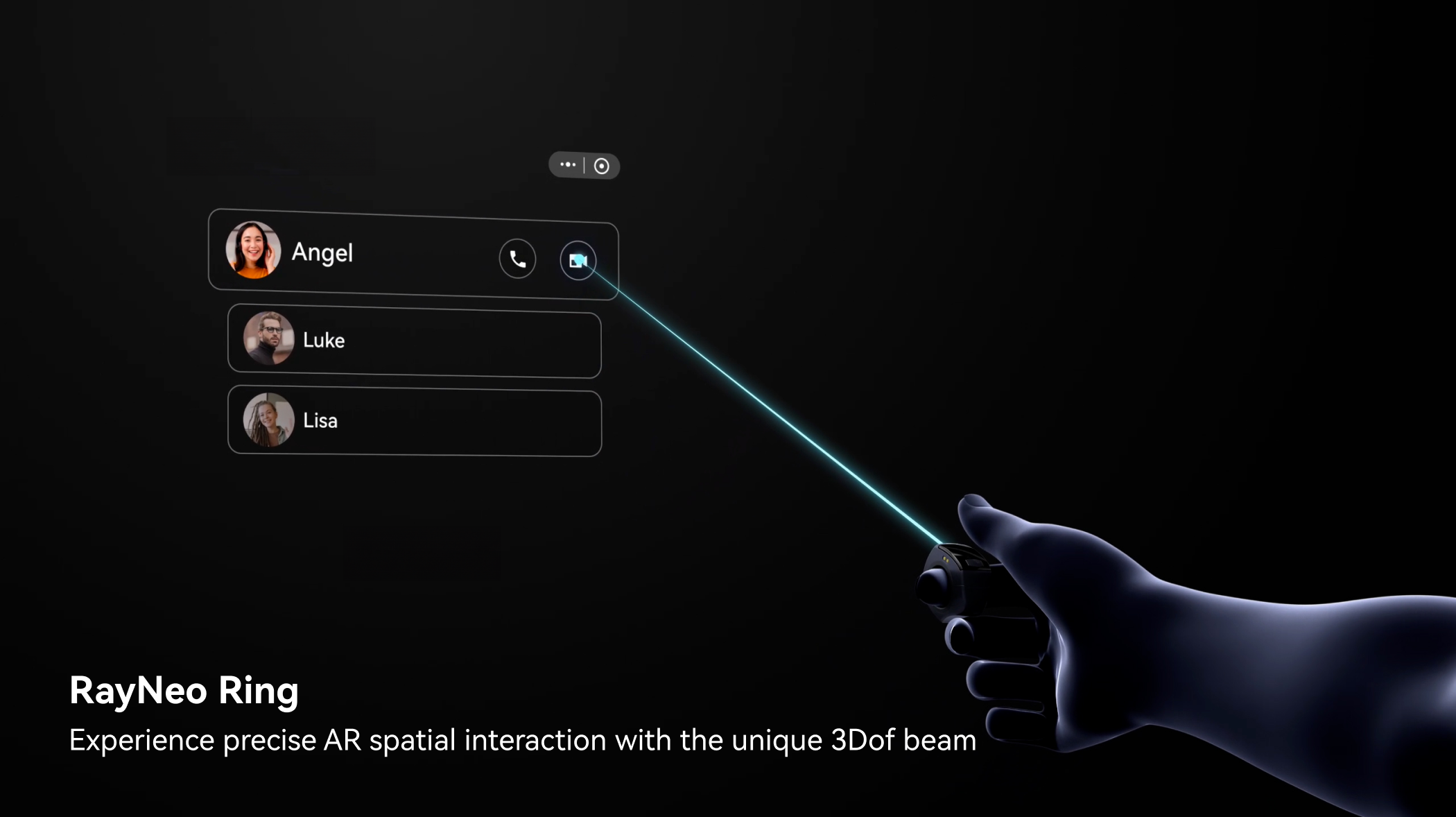
RayNeo X2 has Snapdragon XR2 Gen 1 chipset onboard, the same used in Meta Quest 2 and Pico 4. The likely reason it isn't using the Gen 2 chipset is that its development started years ago, before the new generation chipset was available. TCL actually showed off RayNeo X2 as a concept at CES 2023, but is only now ready to launch a crowdfunding campaign for it.
The most surprising spec of RayNeo X2 is its microLED displays. MicroLED is a truly new display technology, not a marketing name for a variant of LCD such as "Mini LED" or "QLED". MicroLED is self-emissive like OLED, meaning pixels output light as well as color and don’t need a backlight, but is more power efficient and can reach much higher brightness. While most major electronics companies are actively researching microLED, this is the first time we've seen it announced as coming to a product other than a $150,000 TV.
RayNeo X2 use cases. Note that in reality, the field of view is significantly narrower and makes this concept entirely unrealistic.
First-generation new display technology is often very limited, though, and that's the case here too. The microLED displays in RayNeo X2 were announced as having a resolution of just 640×480 each, compared to the 1920×1080 typical of OLED microdisplays in existing tethered AR glasses like Xreal Air 2 Ultra.
Their advantage in RayNeo X2 is significantly higher brightness, up to 1500 nits compared to the 500 nits you get from Xreal, and likely much greater power efficiency. These properties make RayNeo X2's displays far more suitable for outdoor use, and enable the glasses to be powered entirely by an onboard battery.
RayNeo is claiming up to 3 hours of continuous use, and claims there will be a low power "display off" mode for screenless use cases like capturing photos and videos, already becoming popular with the Meta Ray-Ban glasses. RayNeo X2 includes a color camera capable of taking 16 megapixel photos or 1080p 30FPS videos, and has 128GB of storage to store them as well as its apps.
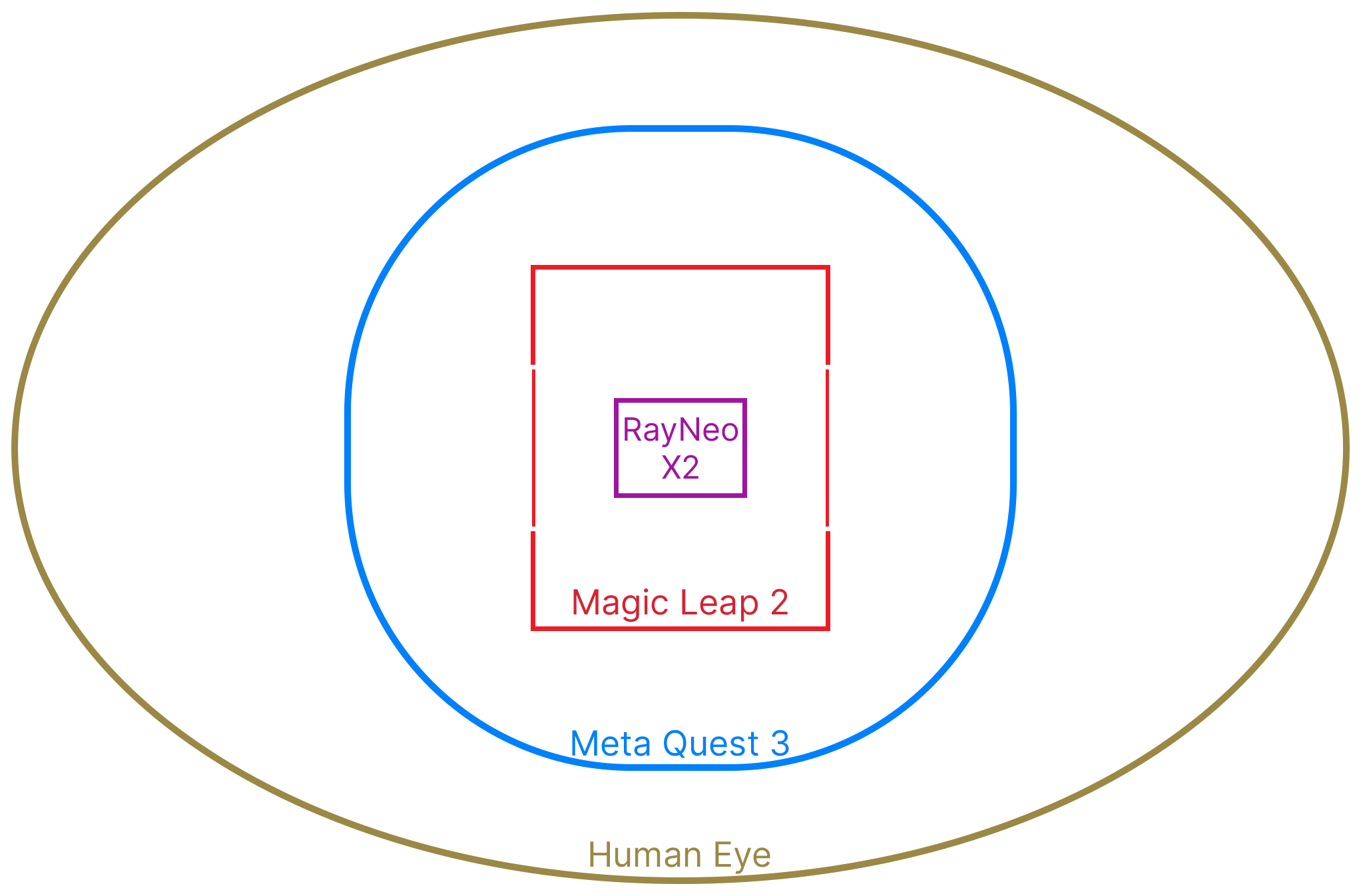
However, as with all current products leveraging transparent AR optics, the achilles heel of RayNeo X2 is its field of view, just 25 degrees diagonal. That's worse than even the Xreal glasses, which we already consider too narrow for most true AR use cases. That means you'll likely often only see partial segments of RayNeo X2's virtual interfaces, and lose track of which interfaces are even present.
RayNeo X2 will be funded by an Indiegogo campaign launching in February, but it's unclear why. RayNeo is a Chinese startup described as "incubated" by hardware giant TCL, and its products are TCL branded, but we couldn't determine the exact relationship between the companies. We'll bring you more updates on the RayNeo X2 AR glasses when the campaign launches.
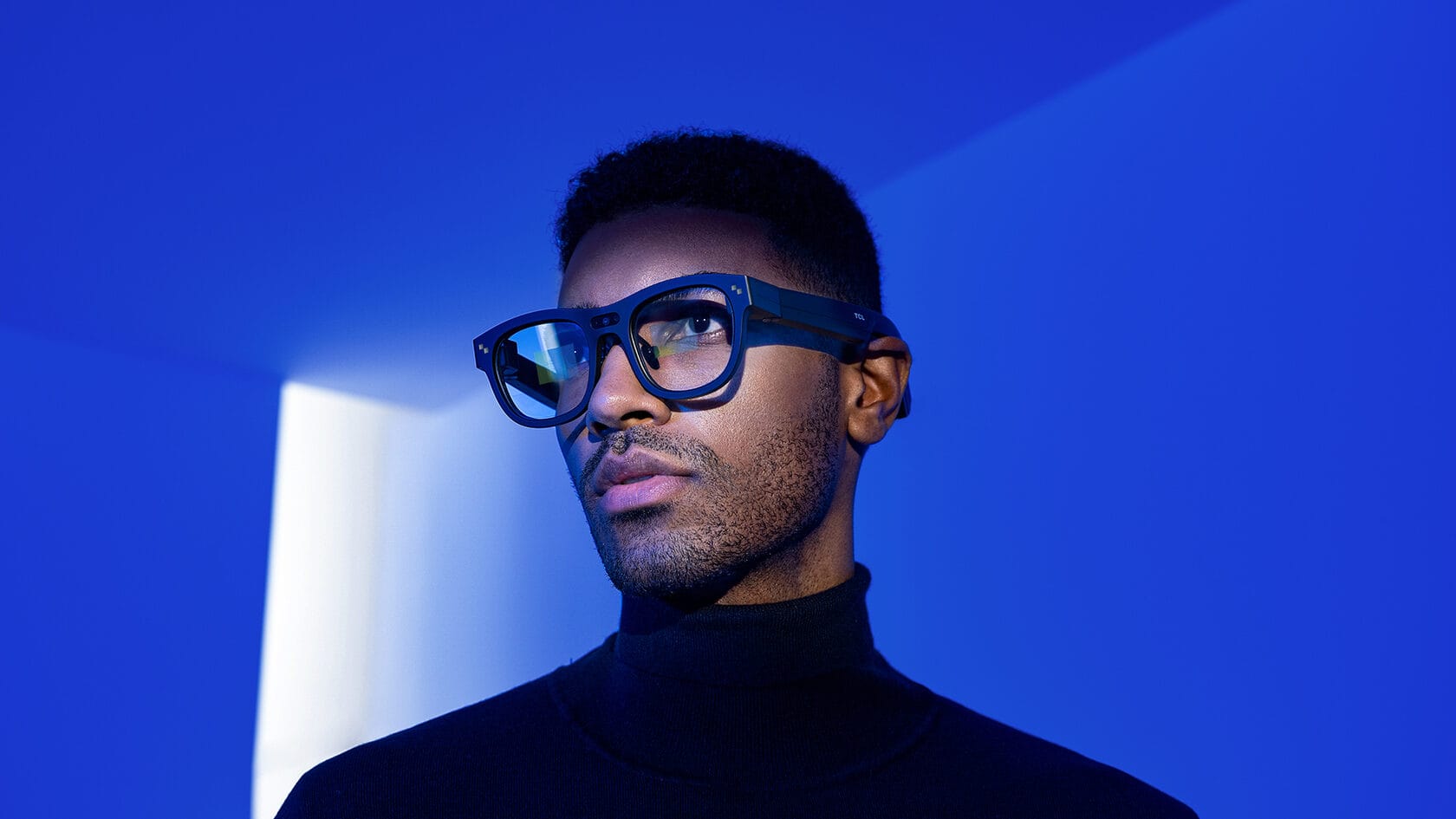
TCL also announced RayNeo X2 Light, standalone non-AR smart glasses using a similar design and the same microLED displays, but with the lower-end Snapdragon AR1 Gen 1 chipset and no positional tracking. RayNeo X2 Light will apparently launch in Q3 2024, with more details planned to be revealed over the next few months.